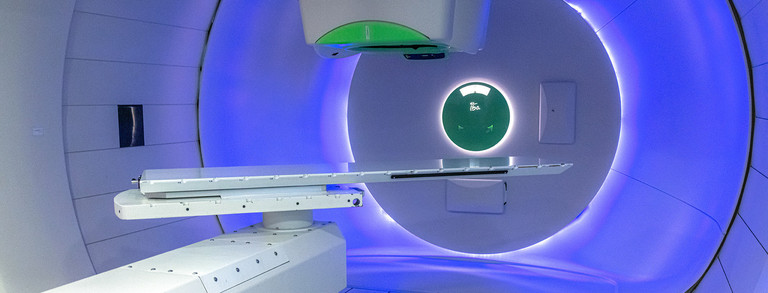The clean dose concept: Reducing the risk of unexpected toxicity in proton therapy
State-of-the-art: Protons feature an increased relative biological effectiveness (RBE) compared to photons, which is considered in patient treatment by using an RBE model that assumes the RBE to be constant 1.1 [Pag22, Lüh18, Heu22]. However, this simplified model neglects the variability of the RBE, which is significantly increased at the end of proton range, where the LET increases steeply [Pag22, Lüh18]. It is suspected to result in unexpected toxicity [Eul19, Eul23]. On the other hand, none of the variable RBE models are clinically accepted as they are considered as being too uncertain [Heu22].
A promising solution for mitigating radiobiological uncertainty are proton treatment plan optimization approaches beyond dose, which also consider the LET distribution in patients. Results published on different variants of LET optimization have recently been reviewed and found to be highly promising for future patient treatments [McI23]. However, hardly any centers currently implement it [Heu22]. Reasons for this have recently (2023) been discussed and summarized at a dedicated EPTN workshop by clinicians and medical physicists from most PT centers in Europe: 1) To date, the exact RBE model or LET values for optimization are unknown. 2) Proposed LET or RBE optimization approaches are not yet in clinical use and have only been studied in small research studies. 3) QA of the optimized quantity beyond dose has not been established in the clinical setting.




